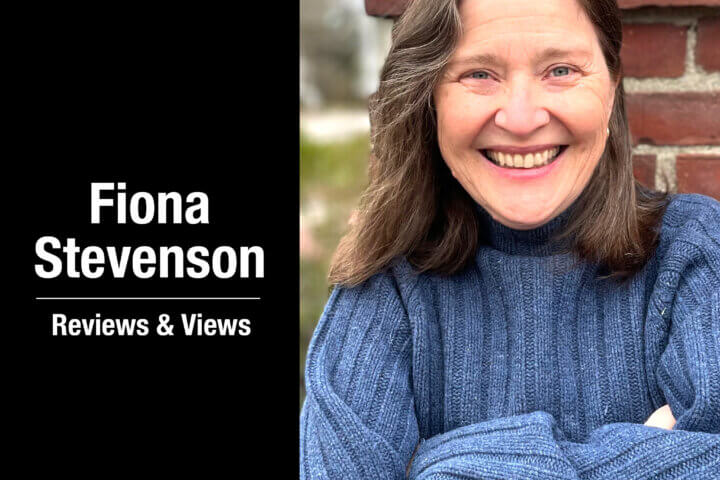By Fiona Stevenson — Columnist
Spring is a wonderful time for reawakening our senses to new sights, sounds, and tastes. We venture outside to shake off months of routine, to change up a few basics, and to develop new perspectives, better health, and more zest for life.
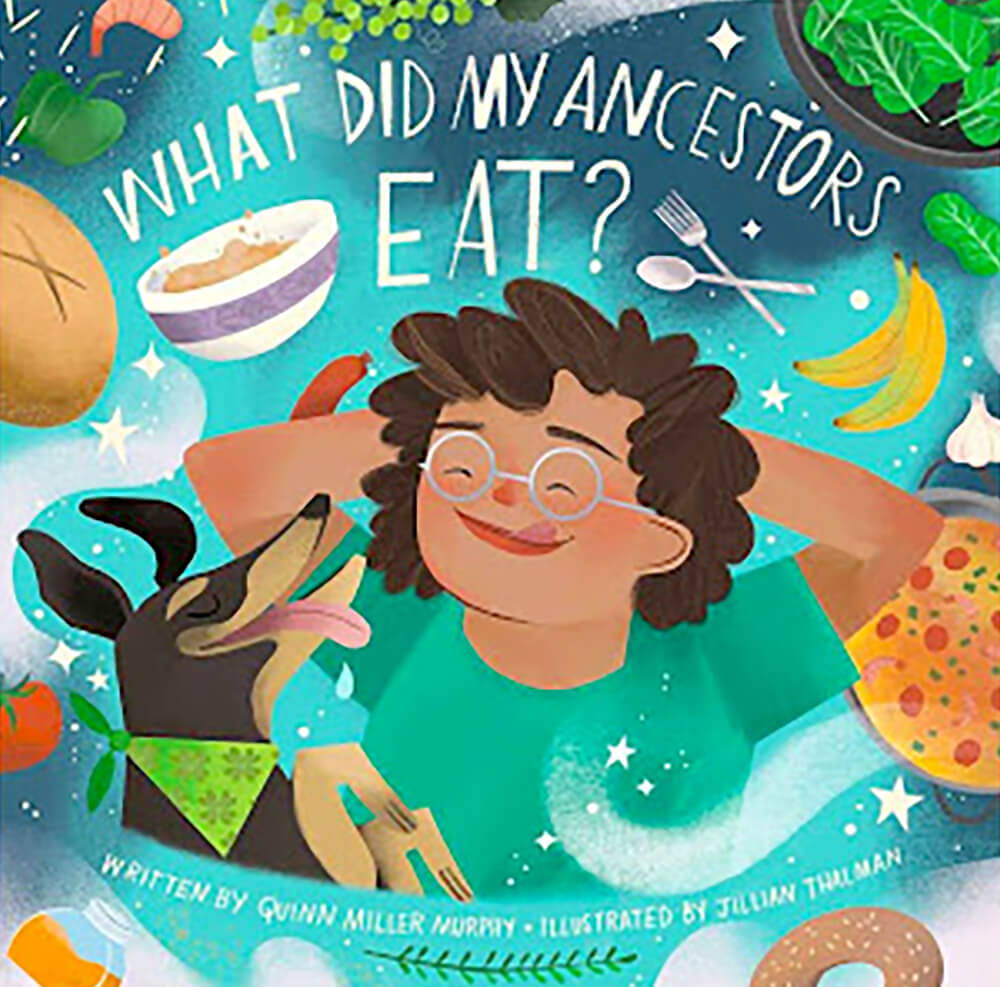
There’s nothing more elemental than eating, so cookbooks, especially from different cultures, offer an inspiring reading experience even if you don’t make a single recipe.
It’s no surprise that cookbooks are one of the most popular items at the Concord Free Public Library’s annual June Book Sale (coming up Saturday, June 8, on the lawn of the Main Library from 10 a.m. to 3 p.m.). And, of course, there is a large cookbook section at CFPL to explore.
Those fresh vegetables and farmer’s markets opening up inspire me. But when I bring them home, I usually end up preparing them the same old way. Then I got my hands on Saucy: 50 Recipes for Drizzly, Dunk-able, Go-To Sauces to Elevate Everyday Meals by Ashley Boyd (Chronicle Books). Anything can become more tasty with one of these delicious drips poured over it.
I reach for cookbooks as much for escapism as advice, finding the photographs inspiring as I armchair travel to places I long to visit. Rebekah Peppler’s Le Sud: Recipes from Provence-Alpes-Cote D’Azur (Chronicle Books) is a meditation on one of the world’s loveliest spots, with stunning images by Joann Pai.
Will I make the recipes for Martini Provencal or that strawberry gateau? Probably not, but the Tomato Tart with grainy mustard does seem doable. Plus, I will reread the addictive Verlaque and Bonnet mystery series by M.L. Longworth, which focuses more on what the investigators are eating and drinking around Marseille than murders. The television series is a good watch with the stunning locales of Southern France… and Roger Allam pretending to be French.
Start with Death at the Chateau Bremont, and you too will develop a taste for radish pesto or poached quinces and fuss over matching every dish with obscure Provencal wines.
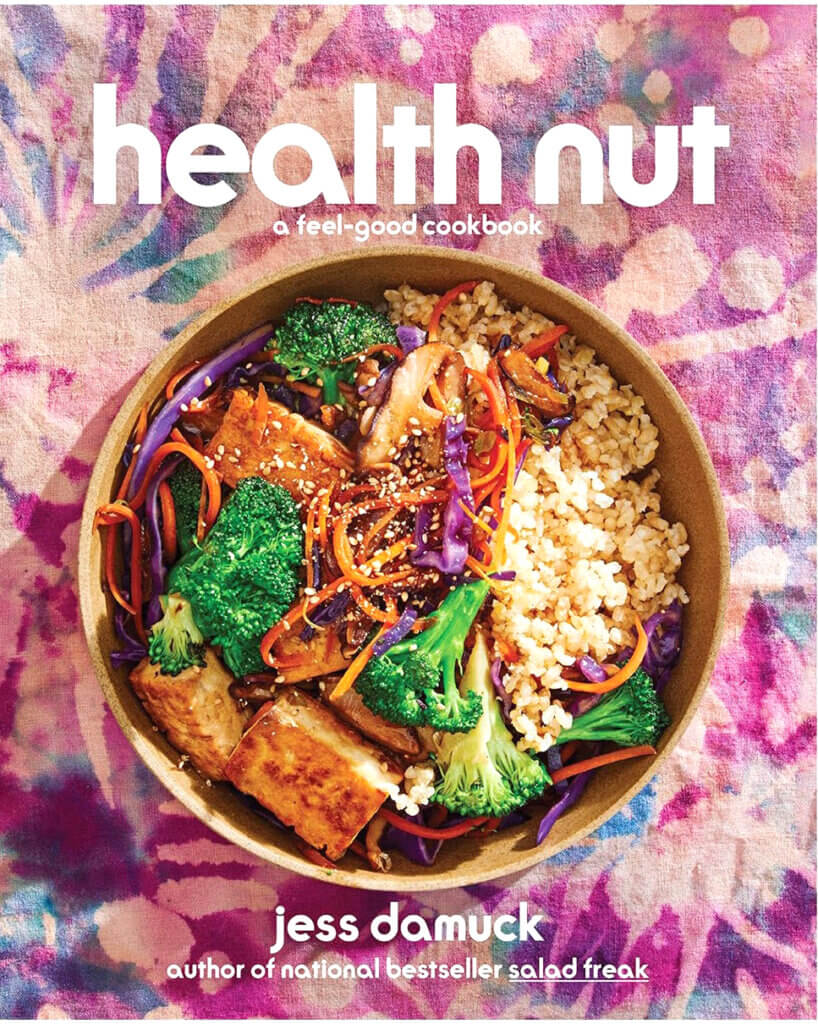
A recent poll ranked Massachusetts the healthiest state in the nation, but Berkeley, California, is the healthiest city. With its lovely weather, decent healthcare, and variety of fresh food all year round, Berkeley is our own Shangri-la.
It’s so expensive there, but you can live vicariously when Jess Damuck taps into that California veg-focused, hippie-inspired vibe in Health Nut: A Feel-Good Cookbook (Abrams). There isn’t a better novel about the Northern California gestalt than The Cookbook Collector by Allegra Goodman (Dial Press), which captures the eccentricity, self-absorption, physical beauty and obsession with food and technology so particular to the Bay Area — and is a tribute to Jane Austen’s “Sense and Sensibility.”
Noodles, Rice, and Everything Spice by Christina de Witte and Mallika Kauppinen (Penguin Random House) is a graphic novel guide to Thai food with history and recipes. It’s great for those of us who can’t get enough Thai but can’t imagine making our own. We have several appealing local Thai restaurants in Maynard, so the next time you go, you’ll know how they do it and perhaps even try a new dish.
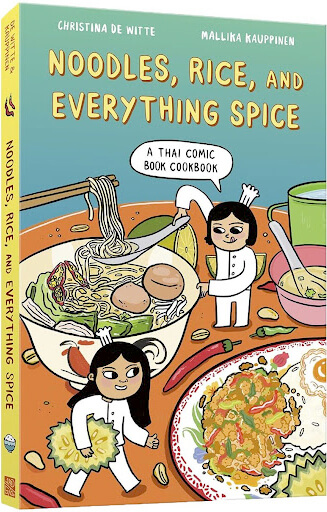
Last Minute Dinner Party: Over 120 Inspiring Dishes to Feed Family and Friends At a Moment’s Notice by Frankie Unsworth (Hardie Grant) is for those of us who would love to have more people over but panic at the thought of offering a lackluster menu. I was pleasantly surprised at how many items I already had in the pantry that Unsworth is urging readers to consider serving to guests. At the very least, it made me look in my pantry.
With so much warfare and misery in the world, it’s hard to see the complexities of the people involved when the news portrays solely their suffering or the actions of their governments.
A cookbook can offer insight into their culture, values, and shared bonds with other nationalities.
The Authentic Ukrainian Kitchen: Recipes from a Native Chef by Yevhen Klopotenko (Voracious) is a deep dive into what makes Ukraine’s recipes unique to their country. The photographs are beautiful.
Bethlehem: A Celebration of Palestinian Food by Fadi Kattan (Hardie Grant) is full of seasonal dishes made with ingredients sold by the vendors of the old souk, whose stories blend with Kattan’s own life as a chef.
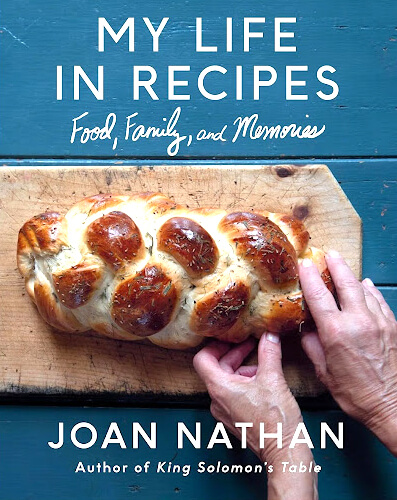
My Life in Recipes: Food, Family, and Memories by Joan Nathan (Knopf), whose memoir brings together not only the many foods of the Jewish diaspora but of the world.
Nathan has lived a long, fascinating life full not just of friendships with the likes of Julia Child and Alice Waters and celebrity encounters with Barbra Streisand and Albert Einstein, but meaningful interactions with everyday people. Her experiences in sitting, eating, and talking with Palestinians gives a reader hope.
The profile of Nathan several weeks ago in the New Yorker, “In the Kitchen with the Grande Dame of Jewish Cooking” by Hannah Goldfield (April 8), was a rich read.
Finally, there’s a wonderful board book to share with children: What Did My Ancestors Eat? by Quinn Miller Murphy, illustrated by Jill Thalman (Simon & Schuster). Questions asked at the table about how the dishes we serve teach about family history can lead to an illuminating conversation.
At the monthly Fowler Tea Book Group in April, we read The Madonnas of Leningrad by Debra Dean (HarperCollins), set in World War II Leningrad, ate food inspired by the country, and had a discussion led by Karen Pettyjohn, retired Concord Public Schools librarian. We talked of family members and strangers impacted by experiences described in the book, and though few of us were Russian in background, we all left feeling linked to that country and to each other.



